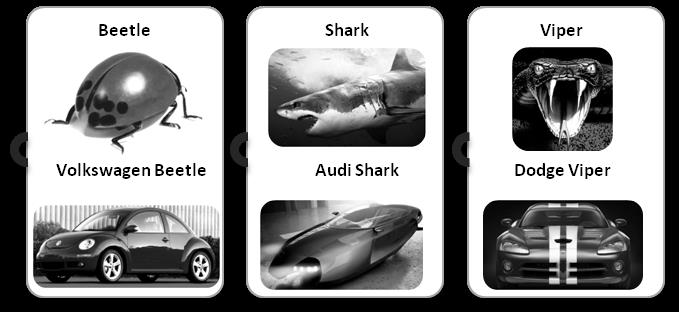Emotion find a way to users from designers: Assessing product images to convey designer's emotion
International Journal of Design Research (2012)
Jieun Kim, Carole Bouchard, Jean-François Omhover, Améziane Aoussat & Hokyoung Ryu

|
Abstract: Along with a growing interest in emotional design and pleasurable products, it is necessary to understand how designers are able to maintain emotional impacts of their design solutions throughout the design process, and how these solutions can find a way to evoke the intended emotional feeling of the users. The present study first examined emotional responses to early design sketches, and how these responses could be used to check if the emotional impacts of their early sketches were observed in a combinative way of cognitive-linguistic and physiological approaches. Based on the findings of the empirical study, we further discussed how the emotional differences of product images would be generated by product forms. We figured out that good form factors of early design sketches might elicit positive feelings and high arousal states, thereby incorporating semantically meaningful features in the product images.
|
| Designers integrate various intermediate representations (external or mental) to reduce the levels of abstraction and the degree of precision throughout the design process (Bonnardel and Marmèche, 2005). Previous studies have shown that external representations (e.g., early sketches) allow designers to identify errors that are then used to generate new ideas (Akin 1978) and also yield a reflexive conversation between the designer and the product to be created (Crilly et al. 2009, Suwa and Tversky, 1997). This mechanism was also referred to as “Seeing–Drawing–Seeing model” (Schön and Wiggins 1992). Based on our findings, we found that the role of external representations – here, early sketches – is not only to help designers structuring mental presentations, which associate with designer’s cognitive process, but also to convey designer’s emotional intents and reflect the expected values of the design solutions. |
| Link to read more, http://www.inderscienceonline.com/doi/pdf/10.1504/JDR.2012.051171 |
|